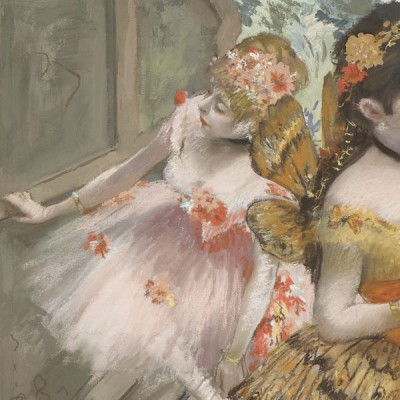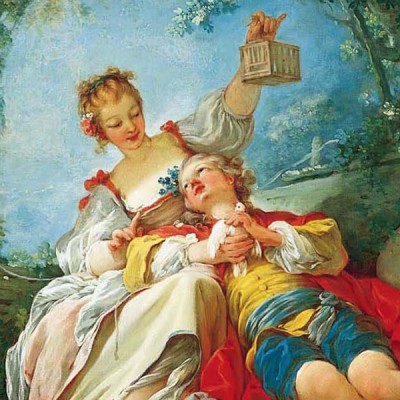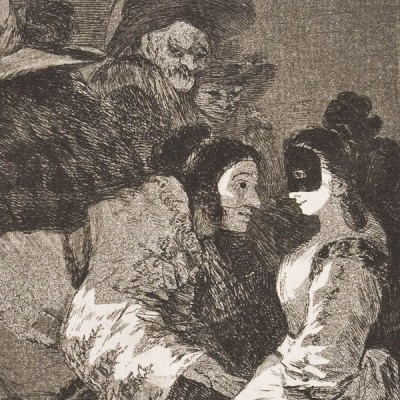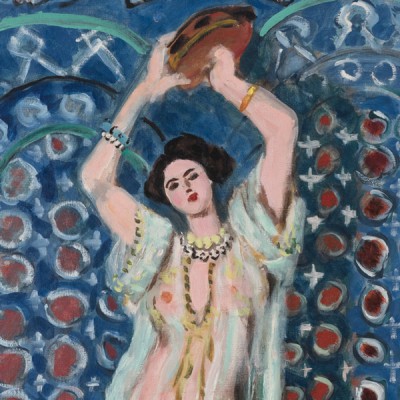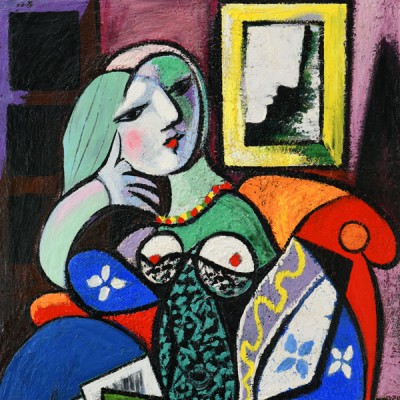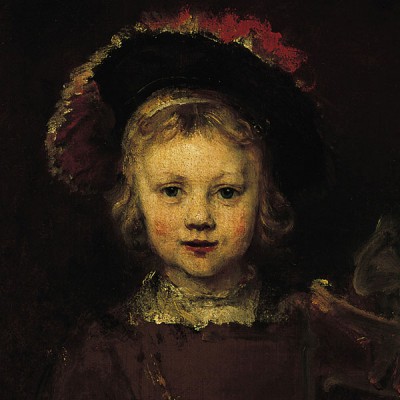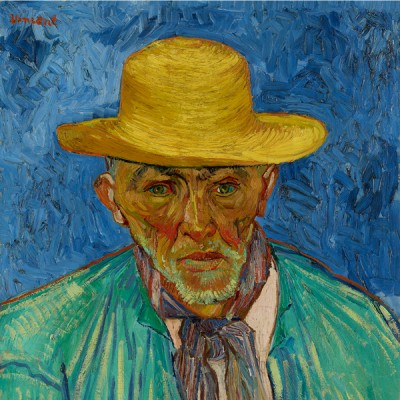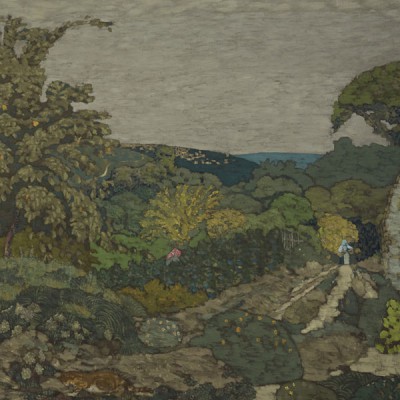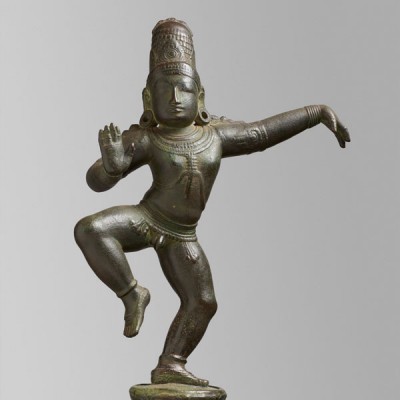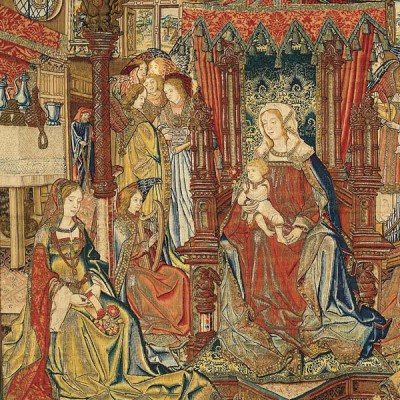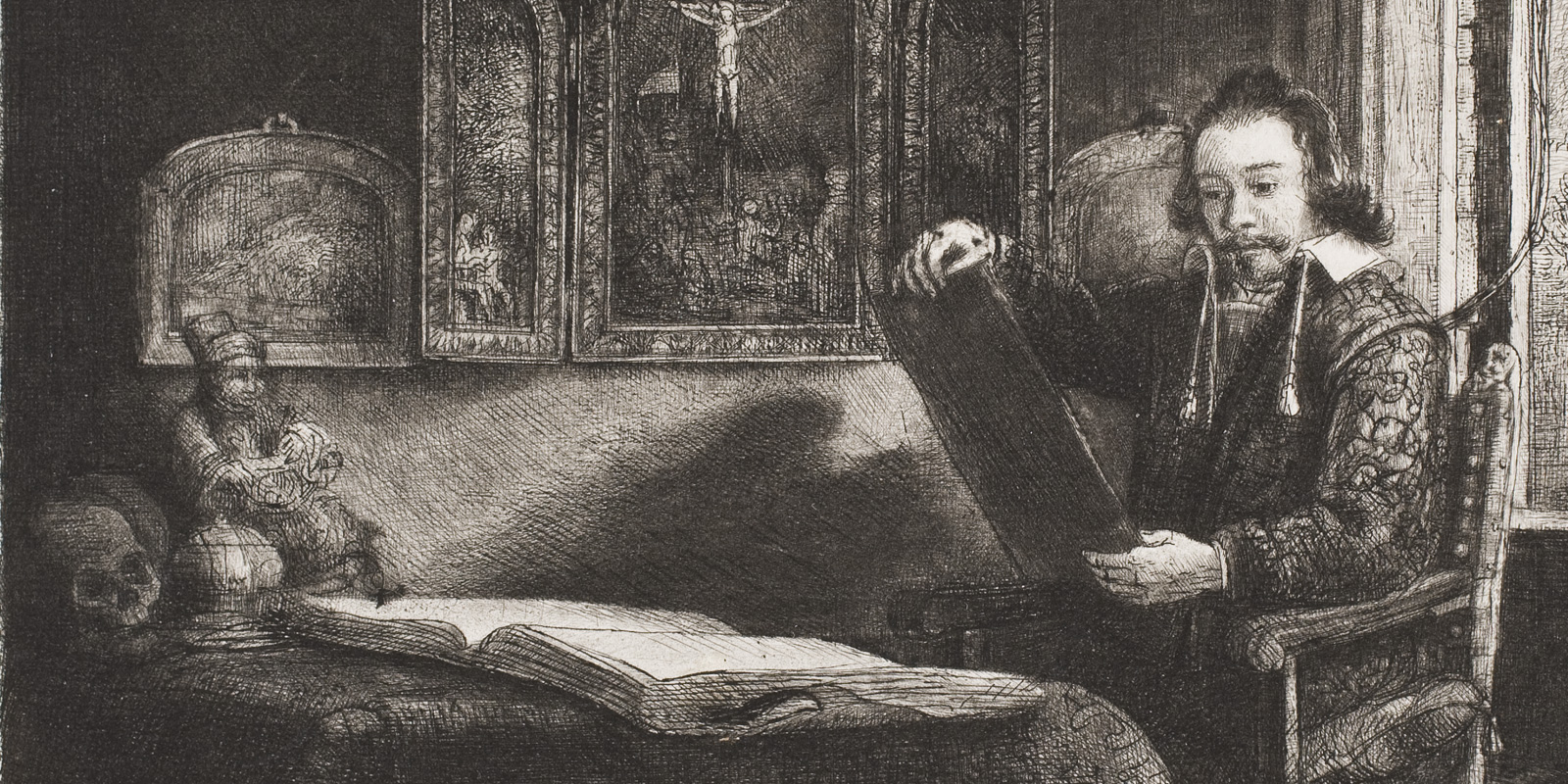
In Focus
“In Focus” provides online visitors with a closer look at some of the most important artists and areas in the Museum collection. Rembrandt, Fragonard, Goya, Degas, Vuillard and Picasso are explored here in brief essays and, in many cases, videos discussing various individual works and how they came to reside in Pasadena. Renaissance and baroque tapestries and nineteenth-century pastels are addressed thematically in essays and videos that explore the techniques artists used to create these objects and steps the Museum is taking to preserve them. In Focus features are added each year.
Edgar Degas at the Norton Simon Museum
Over the course of his three decades of collecting, Norton Simon assembled one of the finest collections of 19th-century French art in an American museum. The artist toward whom Norton Simon gravitated most from this era was Edgar Degas (1834–1917), who is represented in the collection not only by his paintings, but by pastels, drawings, prints and sculpture. Spanning nearly every decade of Degas’s career and nearly every medium in which the artist experimented (the exception is photography), there are over 100 works by this complex artist at the Museum. This grouping is the second-largest in the world assembled by a single collector, after the Havemeyer collection at the Metropolitan Museum of Art. (The recent publication, Degas in the Norton Simon Museum, provides an in-depth overview of the entire collection.)
LEARN MOREJean-Honoré Fragonard at the Norton Simon Museum
Celebrated as one of the 18th century’s most imaginative artists, Jean-Honoré Fragonard by name alone conjures up images of love and play, underscored with gently erotic themes. His work, however, was not superficial, and his interests extended from scenes of family and country life to Dutch-inspired landscapes, fantasy portraits and book illustration. Norton Simon took an early interest in the artist’s work and two important oil paintings by this Rococo master were acquired in the 1960s.
LEARN MOREFrancisco de Goya at the Norton Simon Museum
In 1963, less than a decade into his extraordinary period of collecting, Norton Simon purchased his first piece by Spanish master Francisco de Goya—an exquisite working proof from his masterful series of etchings and aquatints, called Los Caprichos. The high quality of Goya’s artistic practice inspired Simon to acquire more works by this artist than any other in his collection—nearly 1,400 prints, three paintings and one double-sided drawing.
LEARN MOREHenri Matisse at the Norton Simon Museum
Henri Matisse (1869–1954) was one of the most inventive and groundbreaking artists of the 20th century. After getting a relatively late start in the art world—he began painting at age 20, while recovering from appendicitis in 1889—Matisse swiftly took his place at the forefront of avant-garde art in Paris in the years around 1900. As a leader of the so-called Fauves, or “Wild Beasts,” a group of artists associated with shockingly reductive forms and a bold, unorthodox use of color, Matisse produced some of the most challenging and original paintings of his career.
LEARN MOREPablo Picasso at the Norton Simon Museum
Pablo Picasso (1881–1973) was the most influential artist of the 20th century. Across eight decades and countless media, he pursued new modes of representation in a career characterized by ceaseless change and experiment. Works in the Norton Simon collections represent every aspect of the artist’s production: from a circa 1901 drawing of a Montmartre cabaret to a brash pastel head dated 1971; from a monumental chalk to an earthenware plate; from a Rose Period bronze to a riotously colorful portrait of Marie-Thérèse Walter. The holdings are particularly rich in prints, including intact sets of such famous series as the Suite Vollard and the Tauromaquia, as well as an important group of linocuts, rare impressions of Blue Period and early Cubist prints, and one of the deepest troves of postwar lithographs anywhere in the world. Over three decades of collecting (from 1955 to 1984), Norton Simon acquired more works of art by Picasso than by any other artist but Goya—885 in all. The vast majority of these today belong to the Norton Simon Museum and its associated foundations.
LEARN MORERembrandt at the Norton Simon Museum
Norton Simon’s wide-ranging tastes and discerning attention to quality are evident in the Old Master galleries, where the art of 17th-century Holland is represented with particular strength. Among the Dutch artists whose work Mr. Simon acquired—including Jan Davidsz. de Heem, Frans Hals and Jacob van Ruisdael—Rembrandt van Rijn (1606–1669), the greatest Dutch painter-printmaker of the Golden Age, was his favorite. Indeed, Mr. Simon’s first acquisition by any Dutch artist, in 1956, was a portrait by Rembrandt. Three major examples of Rembrandt’s work in this genre anchor the collection at the Norton Simon Museum today. The beloved Portrait of a Boy, 1655–60, entered Mr. Simon’s collection in 1965. A much publicized acquisition, it made the cover of Time as much for its tender depiction of childhood as for the fervor with which he pursued it.
LEARN MOREVincent van Gogh at the Norton Simon Museum
The Norton Simon Museum’s holdings of works by Van Gogh represent a cornerstone of the European art collection and remain some of the Museum’s most beloved objects. They are diverse in medium and subject, comprising six oil paintings, an early drawing, an etching and an autograph letter from 1890. Displayed on permanent view, the paintings afford viewers an illuminating survey of Van Gogh’s career and form the most comprehensive collection of his work in the western United States.
LEARN MOREThe Blue Four Galka Scheyer Collection at the Norton Simon Museum
Emilie Esther Scheyer (1889–1945), born to a middle-class Jewish family in Braunschweig, Germany, was training to become a painter, but after meeting Alexei Jawlensky (1864–1941) in 1916, she transformed herself from artist to art impresario. Jawlensky affectionately called the insightful and energetic Scheyer “Galka” from the Russian word for jackdaw, a clever and gregarious bird. Through Jawlensky, Scheyer entered into the vibrant arts communities of Europe, befriending Bauhaus masters Lyonel Feininger (1871–1956), Vassily Kandinsky (1866–1944) and Paul Klee (1879–1940). She united these artists under the name “the Blue Four,” signaling their camaraderie and spiritual affinities, for the purpose of promoting their work in the United States beginning in 1924. Scheyer’s mission to proselytize modernism to the American public was welcomed in California where she captivated audiences through lectures and educational programs first in Oakland and later in Los Angeles. Her groundbreaking exhibitions drawn from her collection stimulated local artistic communities and helped shape California into a center for modern art.
LEARN MOREÉdouard Vuillard at the Norton Simon Museum
Édouard Vuillard (1868–1940) was among the most innovative artists in fin-de-siècle Paris, a founding member of the radical Nabi group, a friend and fellow traveller of Bonnard, Denis and Toulouse-Lautrec. Vuillard is best known for his paintings of domestic interiors, intimate scenes populated by friends and family-members and crowded with competing patterns—wallpapers, textiles, latticed windows. Norton Simon acquired his first works by the artist, a suite of color lithographs, in 1964 and continuing to buy pictures and prints by Vuillard for the next twenty years. Today the Museum is home to four paintings and thirteen lithographs by the artist, all dated to the crucial decades between 1890 and 1910 when his work was at its boldest.
LEARN MORESouth Indian Bronzes at the Norton Simon Museum
The bronze images of saints and deities created in the southernmost part of the Indian subcontinent during the reign of the Chola dynasty (c. 850–1250) are perhaps the most iconic examples of Indian art in any medium. The proliferation of these sacred figures marked an important shift in the way that Hindu deities were venerated. Unlike stone images enshrined in temple sanctuaries, these sculptures were created to be portable, to travel outside of the temple and its grounds in processions where they could be seen by devotees.
LEARN MORETapestries in the Norton Simon Museum
The art of tapestry — an ornamental textile woven of wool and silk threads that often tells a story — flourished in Europe from the 15th through the 18th centuries. Often called “the frescoes of the North,” tapestries were synonymous with the brilliant costumes, courtly occupations and spiritual character of the Middle Ages and the early Renaissance. Flemish, and later French, weavers excelled in creating imaginative and sumptuous pictorial designs. The Norton Simon Museum is home to eight spectacular examples, from the 15th through 17th centuries. Their subject matter includes episodes from ancient myth and history, as well as religious imagery, all of which were popular subjects in this medium.
LEARN MORE
